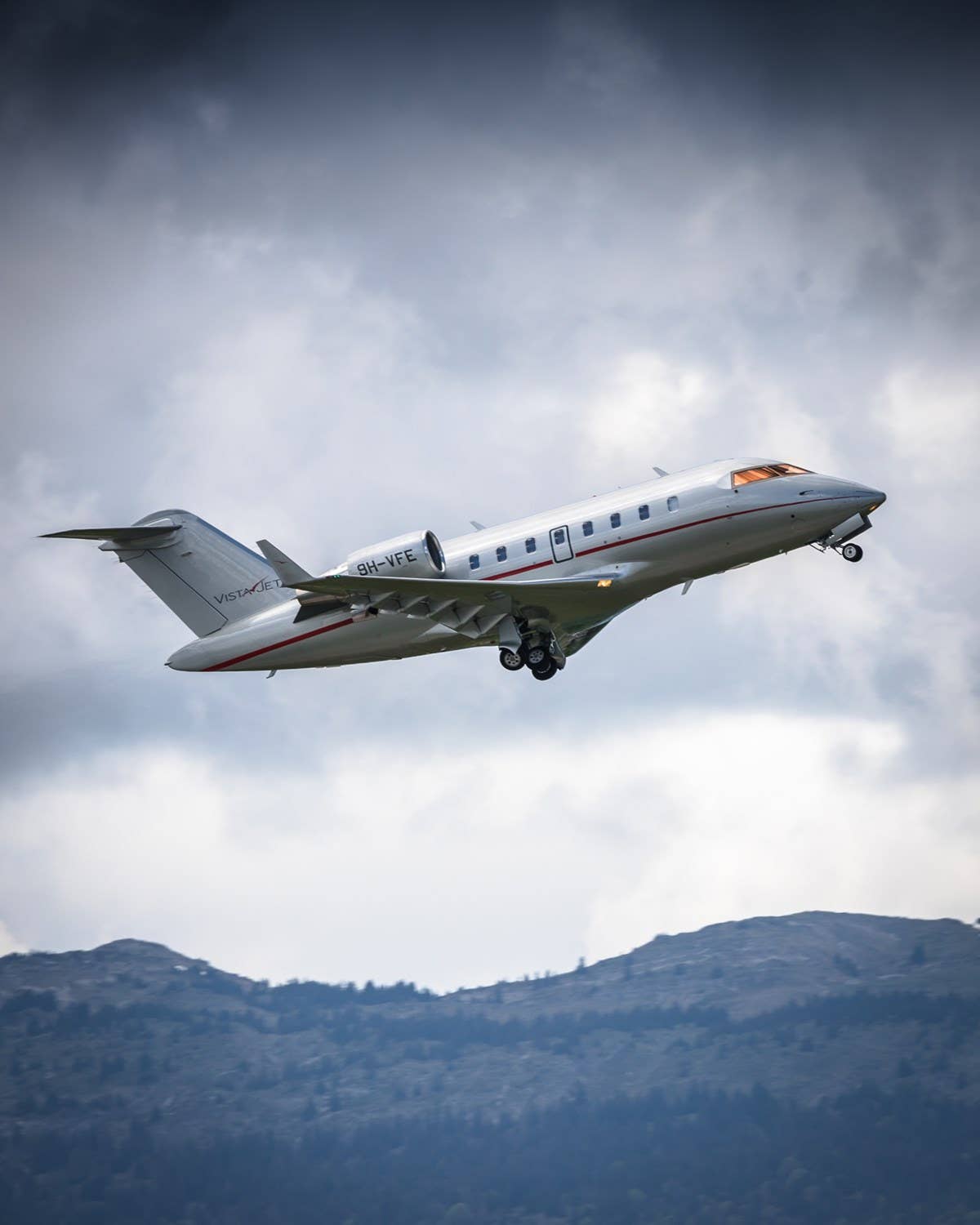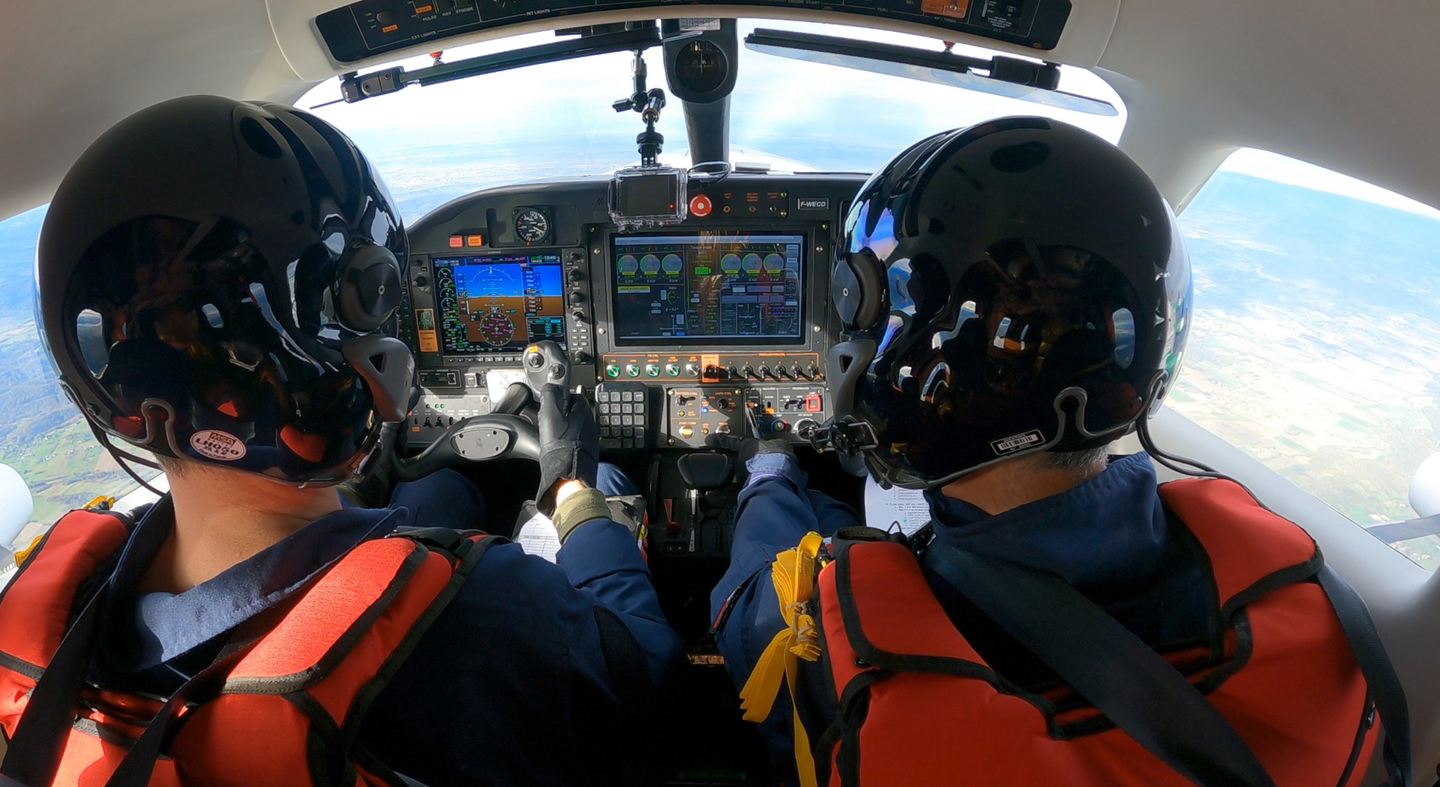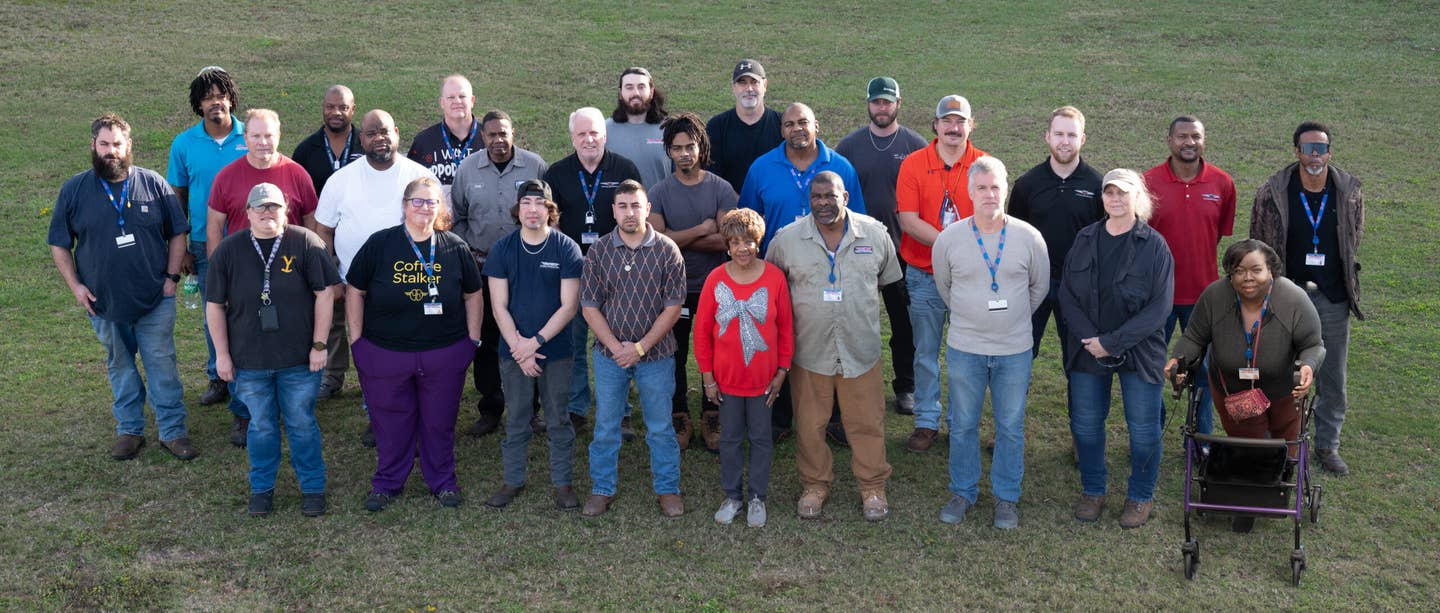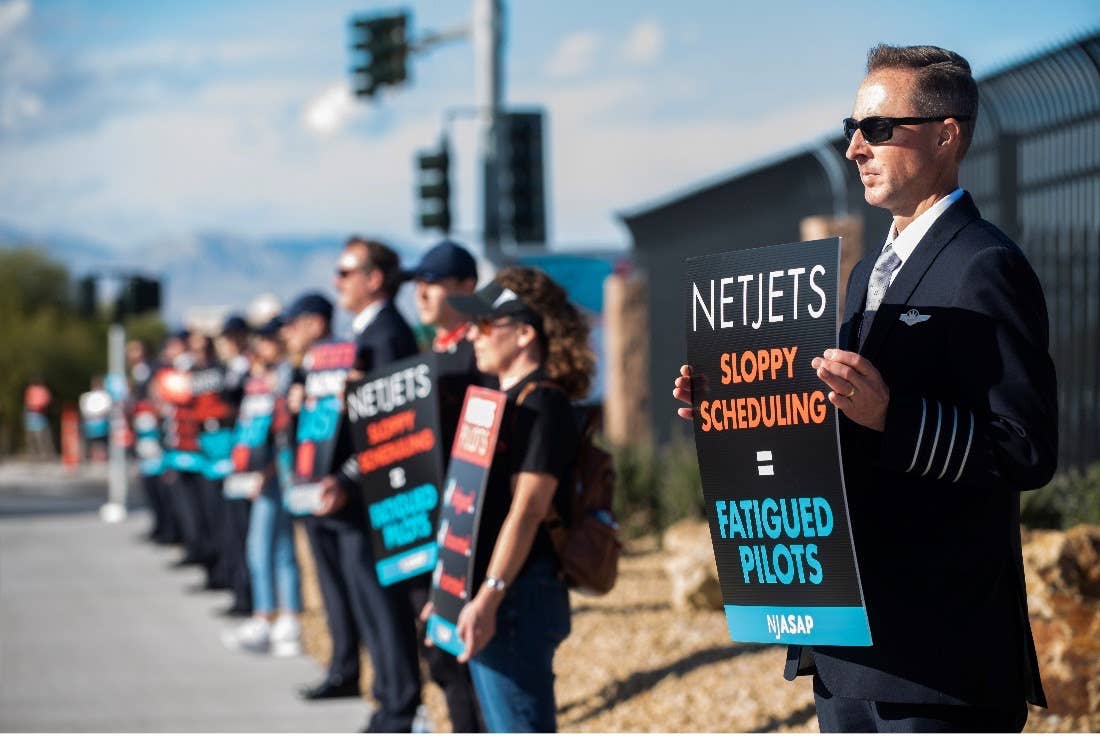Is It Time To Revise How the GI Bill Supports Veterans’ Flight Training?

To date, more than $400 billion in education benefits have been provided to about 25 million beneficiaries through the GI Bill, but can it be made better? [File photo: Shutterstock]
When President Roosevelt signed the Servicemen’s Readjustment Act of 1944, it was designed to ensure that veterans returning from World War II would have a range of benefits that would allow them to reintegrate into civilian life and make up for the time they'd spent away. Since then, that bill—better known as the “GI Bill”—has gone through multiple iterations to account for changing times while maintaining support for servicemen and women, their families, and other beneficiaries.
From the first version of the bill, one of the most popular benefits that veterans have tapped into has been access to education, from high schools to universities to vocational training. For instance, according to the U.S. Department of Defense, about 8 million veterans took advantage of the bill, and U.S. college and university degree-holders more than doubled between 1940 and 1950.
To date, more than $400 billion in education benefits have been provided to about 25 million beneficiaries, according to testimony by Charmain Bogue, who shared an update before the U.S. House of Representatives Committee on Veterans' Affairs and Subcommittee on Economic Opportunity in July 2021, when he was the Executive Director of Education Services for the Veteran Benefits Administration.
You would be hard pressed to find any coherent argument against the net good that the GI Bill has afforded society by adequately recognizing the people who have stepped up for public service. Moreover, as the Congressional Budget Office outlined in a report that examined the bill's impact, more than any other benefit, veterans and their beneficiaries used the bill to further their education.
Veterans Have to Play Catch-up
But there's a rub. The RAND Corporation, an independent think tank, recently examined the effectiveness of the post-9/11 version of the bill in encouraging education and found that while the bill was influential in encouraging enrollment in college programs, the hoops veterans had to jump through to maximize their benefits made the effectiveness of the bill questionable.
"Today's new veterans have access to generous and flexible education benefits through the Post-9/11 GI Bill, but evidence of the overall effectiveness remains scarce to date," RAND said. Moreover—and this is the crucial part—with the bill's incentives geared toward four-year degree programs, "it took the veteran cohort more than 15 years to catch up,” and they only reached the same level of education as the non-veterans by age 40.
This context is essential because with a worsening pilot shortage—especially at the airline level where would-be pilots are incentivized to get in as early as possible to maximize seniority and lifetime earnings—the GI Bill's current format has seemingly become a chokepoint.
Moreover, with airlines rolling back degree requirements for pilot applicants, veterans who wish to become pilots after their years of service face a bewildering decision: Either attend a four-year college or vocational flight school and have some flight training paid for in a Part 141 program or go it on their own in a Part 61 course, from their own pockets and loans. As the RAND Corporation pointed out, this has caused a situation where veterans who choose the first option especially have to play and essentially commit to a professional life of “catch-up.”
It is even more protracted if they choose the college route, because qualified veterans must first earn their private pilot certificate independently. Then, while tuition is covered under the bill, flight training is not. The benefit's maximum rate per academic year is capped for those at a vocational flight training school. For instance, for the 2022 academic year, the cap is $15,075. While enrolling in a Part 141 program ensures that veterans can later leverage restricted-ATP minimums to gain employment sooner, it also means training at a slower pace than students in Part 61’s differently structured training environment.
How Can Things Improve?
So what about veterans who already have college degrees or the ones who want to fast-track their professional flying career? FLYING spoke with a veteran U.S. Air Force evaluator drone pilot who wanted to pursue a professional airplane flying career after leaving active military service. However, with a Ed.D. already under her belt, the situation got complicated.
She spoke with FLYING under the condition of anonymity.
"I'm getting my flight rating right now, but I am paying out of pocket, because I have a doctorate, and I don't want to go back and get another undergrad just to go flying—it was not worth it."
Furthermore, because of her present job working as a commercial drone pilot, she explained that enrolling in a four-year program was untenable. As for the veterans who chose to enroll in college, she said it comes with a loaded schedule:
"Many veterans get out, and they're not only going to school, but they're also working, and then they're trying to do flight training," she said.
She added that more veterans might go for that if there were more flexible, accelerated options on the table. Another critical fact the RAND Corporation pointed out in its findings is that for veterans, "school location, flexibility, ease of transfer credits, and a focus on adult learners were key considerations for veterans when choosing a school."
With considerably fewer vocational flight schools across the country than Part 61 options, veterans who might have already established roots and a family base might have to move to a location that would allow them to train.
So, with airlines willing to overlook college degrees and a worsening pilot shortage, is it time to revisit the allowances of the GI Bill? According to the Department of Labor, approximately 200,000 men and women leave U.S. military service each year—across all branches—and return to life as civilians. Would expanding flight training options to include Part 61 programs and a more flexible funding regime encourage more would-be pilots?
The veteran who spoke with FLYING thinks so. "If flight schools opened up, and the military said we will pay for it through the GI Bill, I believe many veterans would take advantage of this benefit. The problem is people don't want to go back to school."

Sign-up for newsletters & special offers!
Get the latest FLYING stories & special offers delivered directly to your inbox






